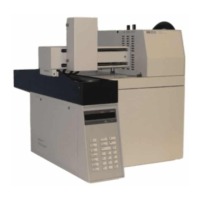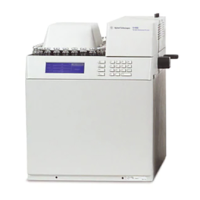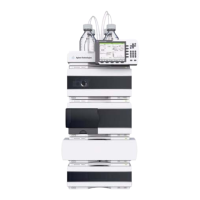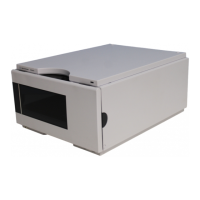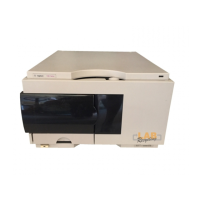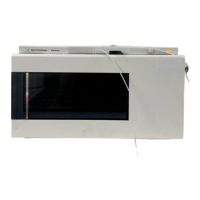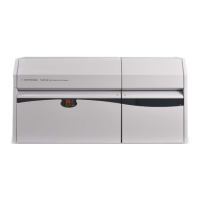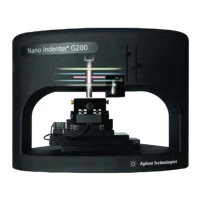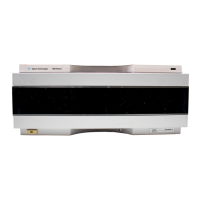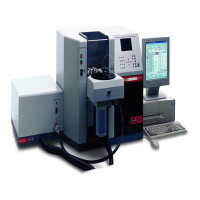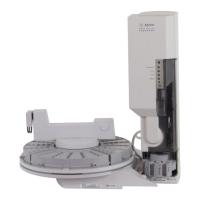21
Order online at www.agilent.com/chem/store
Sample Introduction
Vial Filling
When filling sample vials, keep in mind:
• If you need to test a large amount of sample over repeated injections, divide the sample
among several vials to obtain reliable results.
• When sample volume in the vial is low, contaminants from the previous sample
injection or solvent washes may have a greater impact on the sample.
The airspace in the vial is necessary to avoid forming a vacuum when sample
is withdrawn. This could affect reproducibility.
Preparing Sample V
ials
The Agilent 7683 Automatic Liquid Sampler Injector and the tray use clear or amber
glass sample vials with crimp, snap, or screw top vials. The following diagram shows
the critical dimensions for sample vials and microvial inserts to be used with the 7683
Automatic Liquid Sampler. These dimensions do not make up a complete set of
specifications. Incompatible sample vials cause tray and turret errors.
All dimensions in millimeters
Microvial insert Crimp cap sample vial Maximum height of a capped vial
34.5 maximum
5 minimum 6.25
8.2
11.7
32
3.7

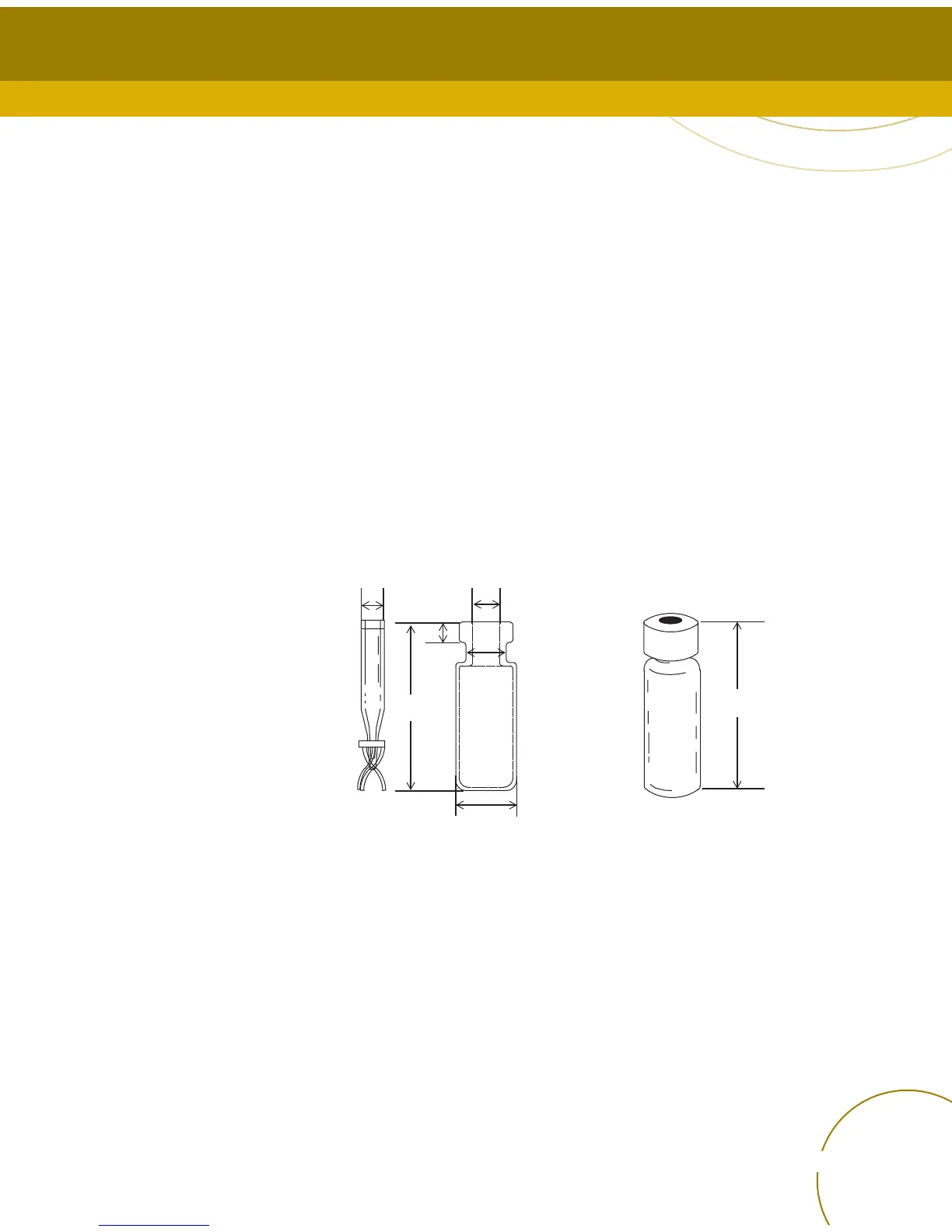